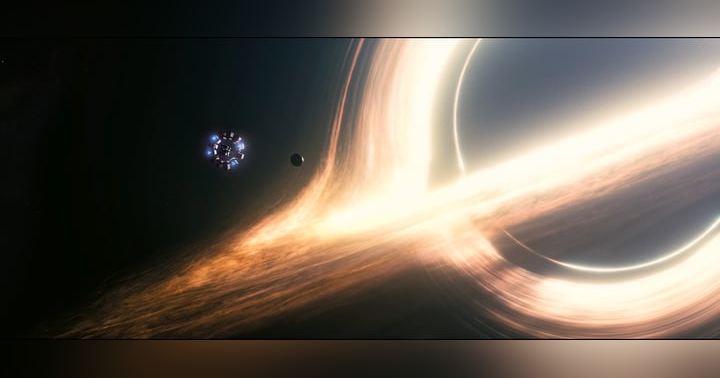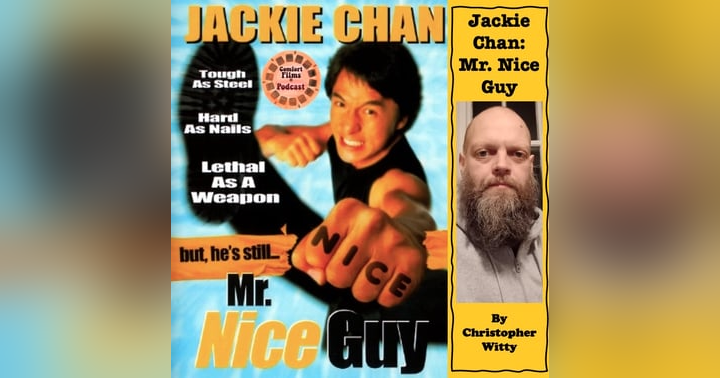A Long Time Ago in North-West England

If I was asked to choose the single, most important moment in my life when cinema truly affected me for the first time, I would, without hesitation, say Return of the Jedi on the big screen at a pokey little cinema called The Metro in Ashton-Under-Lyne.
I admit to never being wholly aware of, letting alone having watched Star Wars or The Empire Strikes Back before I saw Jedi, or if I had, it may have been through fragments on TV or stitched together images from the covers of magazines. I think my older brother may have had a couple of figures, but he was more into Action Man, while I was happy rolling toy cars around a playmat when I wasn’t busy reading comics. Then came Jedi . . .
Released in the U.K. on 2nd June 1983, Jedi crash landed my consciousness when I was seven-years-old. The timing was perfect. At seven, all the stories, cartoons, TV shows and films (mostly stop-motion fare like King Kong and Jason and the Argonauts) that I’d absorbed until then had kind of wrestled for space in my mind, creating that wonderful jumble of ideas that comes with being a kid. Yet, there was always a vague, cloudy outline to the images, as though not fully formed and running parallel with the visions of FX artists that never seemed to be fully realised due to the relatively limited tools at their disposal. With Jedi, however, there was a certain clarity. This was the one, and even though I knew next to nothing about the back story, it didn’t matter. Why was Han Solo in carbonite? What was so significant about Darth Vader getting his hand lopped off? And why would a little green dude appear for a few minutes of screen time just so we could watch him die? I couldn not have given less of a shit. The homework could wait. There was too much going on to worry about the finer details.
What struck me most about Jedi was how every scene was filled with the kinds of transport, landscapes and creatures I had, until then, only seen in static shots. Comics, science fiction magazines, RPG guides; these were all things that were filled with fantastic works of imagination, and they were readily to hand when I was growing up. What Jedi did was give these images motion. But not only that, it made the motion believable in the way Ray Harryhausen strived for, but didn’t quite achieve through his awesome stop-motion work (I say this with the greatest respect; 20 Million Miles to Earth still knocks spots off most other FX films out there).
Imagine then, seeing all these creatures gathered together in Jabba’s palace at the start of the film. It was like watching a flip book of Kelly Freas’ creations, each one with an individual look and personality, moving in and out of the shadows, plotting, scheming, mocking. The danger that permeated the air in the palace was tangible as I sat there in my seat.
Then Luke entered the scene. Cool in his black robe, laying down his terms because he knew that in a heart-beat he could wipe the floor with every one of these three-eyed scumbags. And right there, on a Sunday afternoon in a darkened theatre, I found a new hero who was cooler than every member of the A-Team combined. Luke was young, composed, confident, and carried himself the way a man does when he not only knows the score, but has learnt it from the masters before adding some notes of his own.
The Jabba rescue sequence takes up around a quarter of the entire movie’s running time, yet it doesn’t feel drawn out. You get two scenes that showcase some incredible creature design in the form of the Rancor and the Sarlacc. You get to see Princess Leia being exploited in a gold bikini while a lecherous Jabba flicks his tongue around and probably says some pretty gross things in her ear when the subtitles aren’t running. But most important of all (at least for those who were aware of the bleak ending in Empire), you get to see every principal character get themselves back on track, build bridges, and go on to take part in the greatest sequence I’d ever witnessed: the dual battles in outer space and on Endor.
I still think the rebels’ attempts to destroy the second Death Star while a band of familiar rogues recruit a bunch of indigenous Ewoks to fight from the ground is one of the most amazing spectacles I’ve had the pleasure of witnessing. It hit two sweet spots simultaneously: the awe-inspiring sight of huge beaten-up spacecraft blasting the hell out of one another, and the more organic and satisfying feeling that comes with seeing little people take down technologically advanced bullies. That said little people were funny, cute and a little bit savage (they eat humans, for crying out loud!) made it all the better; this was war fought at a level little me could relate to: a child’s height point of view. The Scout Walkers looked like mechanical dinosaurs and were just as scary as that description implies, but when the Ewoks were dragged along behind one of them, it reminded me vaguely of the kind of dumb prank me and my friends might try to pull off. The same goes for the Speeder Bike boost; for a few moments, I put myself in that car-jacking Ewok’s skin and had a ball.
Of all the Star Wars films, this is the one I still enjoy the most. There have been better films in the franchise (Empire and Rogue One are obvious examples), but neither tap into that time from when I was a kid, re-enacting scenes with my Kenner toys, swapping stickers at school so I could try to complete my Panini sticker album, and awaiting the next issue of Marvel U.K.’s Jedi comic. I lived and breathed Jedi for a long time after watching it at the cinema (twice), and it’s a film that has created so many great memories for me. One of my most cherished? Walking out of the cinema with my mum to the bus station and squinting my eyes at streetlamps/Imperial ships to give the illusion of laser beams firing down on the cars/Rebel ships. Of course, my mum joined in too because that’s the kind of effect a movie like Jedi can have on you.
~ Christopher Witty






